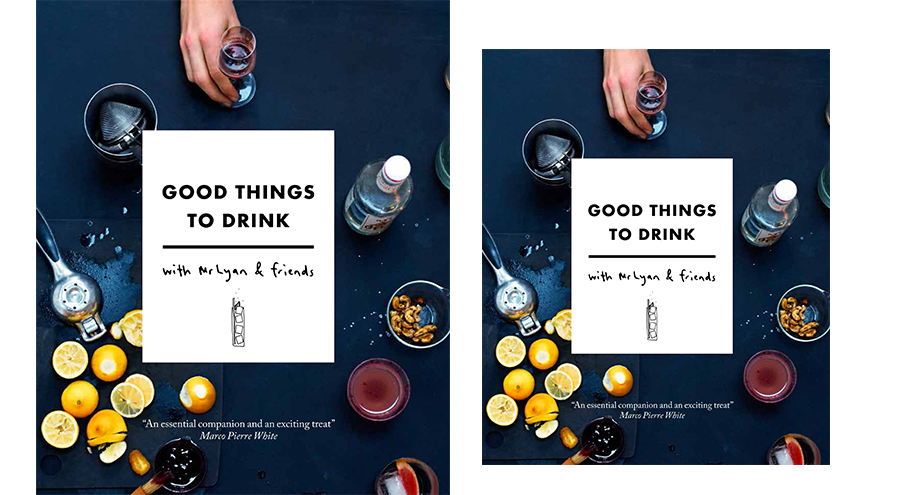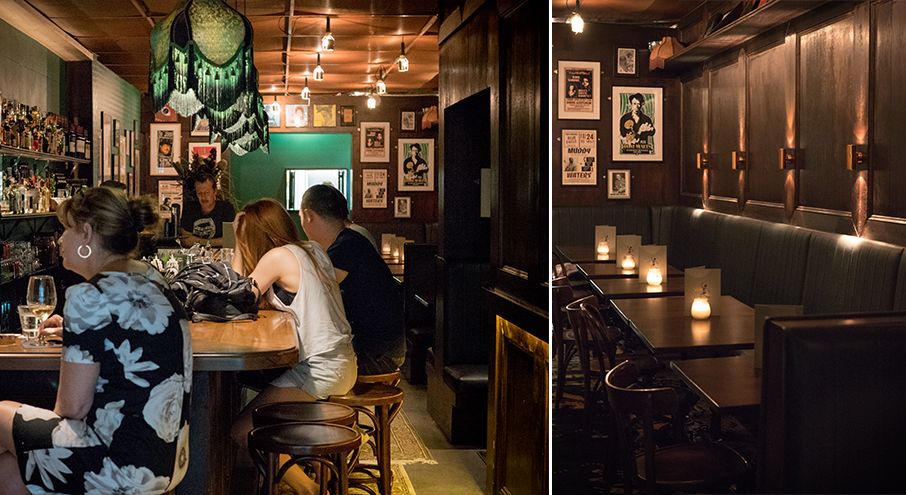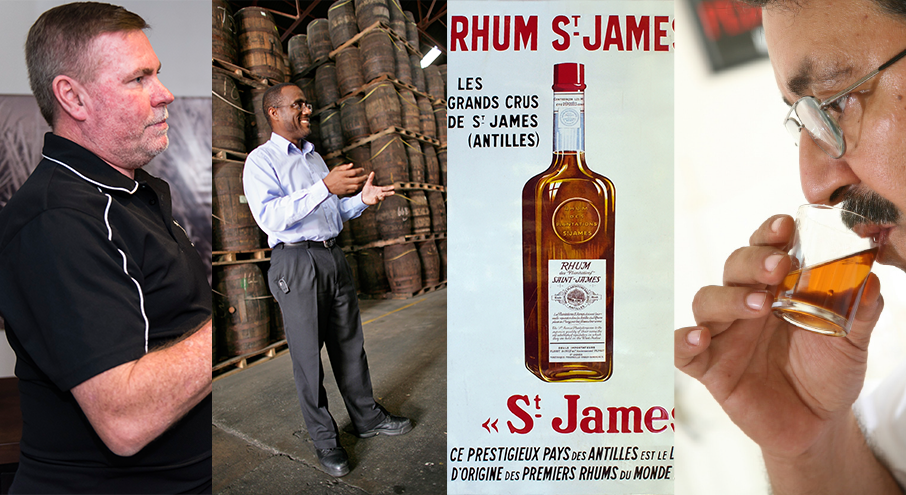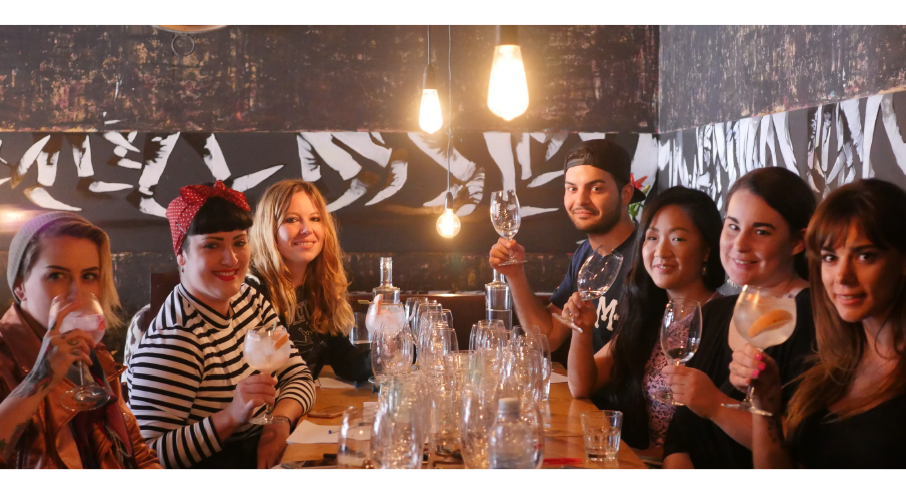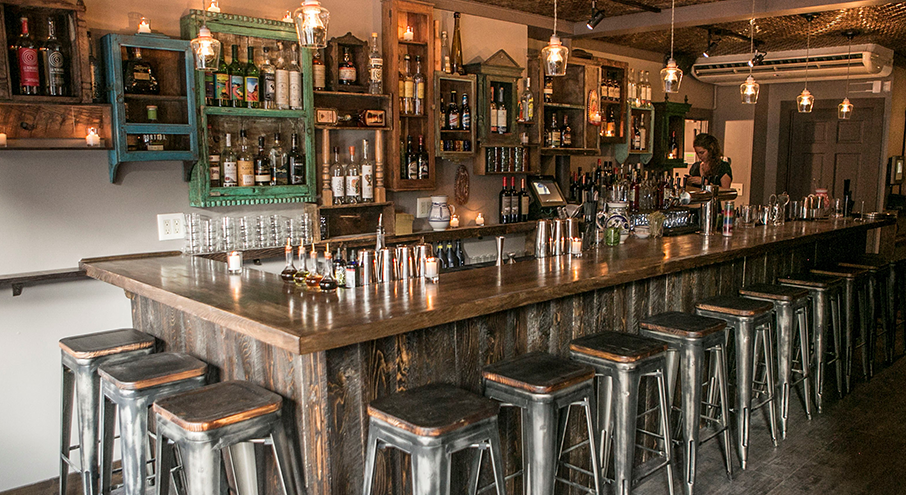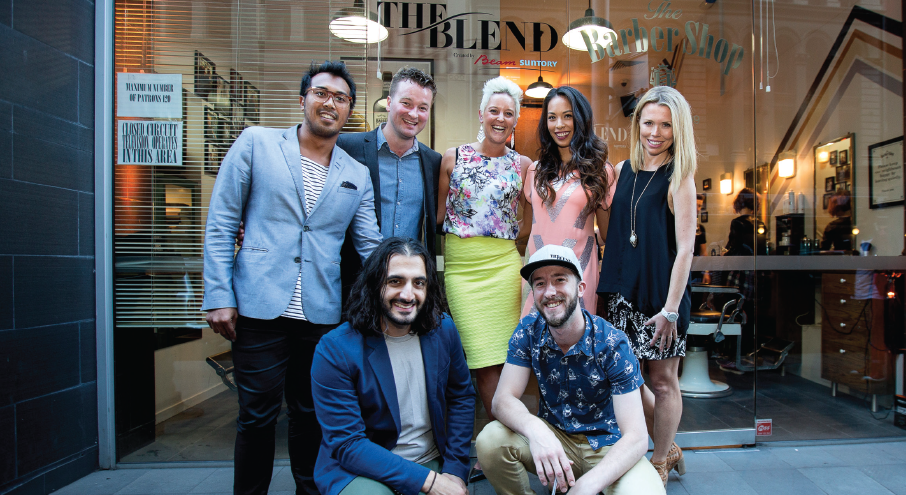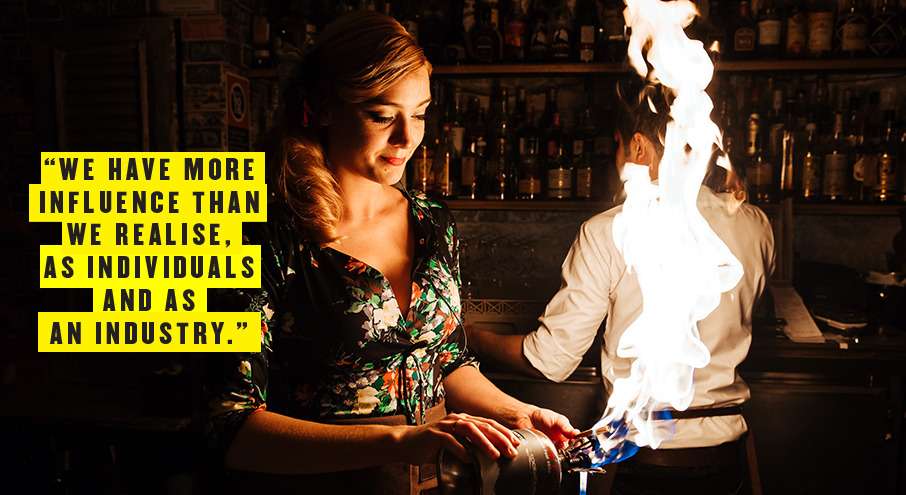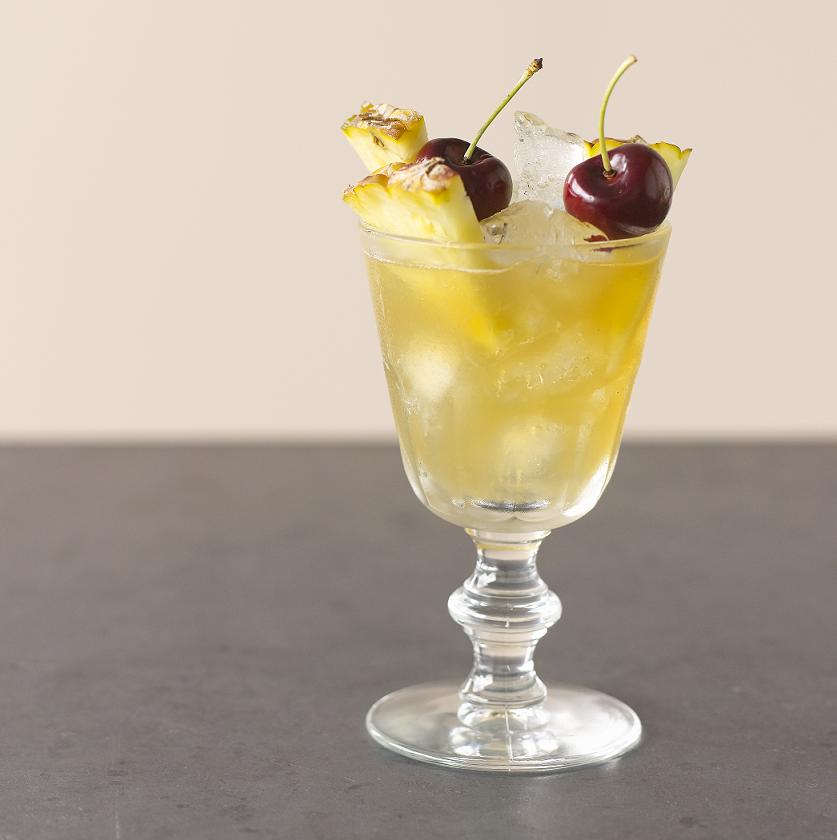We’ve written a bit about London bars White Lyan and Dandelyan, and interviewed the man…
Jangling Jack’s 175 Victoria Street, Potts Point Jangling Jack’s is the most recent addition to…
ou know, one of the pleasures of being a bartender is all that great booze…
For this instalment in our Blind Tasting series, we’ve gone way out west with a…
Story by Amy Spanton Ivy Mix is a hot name in the drinks world right…
Hayley Morison, centre, with The Blend team Story by Hayley Morison Hayley Morison is the…
The Indie Tasting is back — and we’re bringing it to Brisbane this May ollowing…
Story by Paige Aubort Paige Aubort is the the founder of the Coleman’s Academy, and…
Story by Jenna Hemsworth Jenna Hemsworth was the runner up in last year’s Bartender of…
This New Pal recipe comes from the Absinthe Brasserie & Bar in San Francisco. Their New Pal employs a couple of old skool additions like a dash of Herbsaint (we’ve used absinthe) and Peychuad’s bitters. Like the Boulevardier, Hollinger and Schwartz have favoured sweet vermouth over dry, but opted for a straight rye whiskey as opposed to Canadian. Adding a dash of absinthe to a cocktail is a decidedly 19th century trait but the New Pal refreshes MacElhone’s recipe by citing resurging popular ingredients (at least amongst bartenders) namely the rye whiskey component.
The Daisy cocktail is a much maligned and misunderstood drink classification. Is it a Sour? Isn’t it a Fix? Perhaps it’s a Collins of sorts or a Fizz? Whatever the case may be, a Daisy can be made of gin, brandy, rum or whiskey, generally with lemon juice, a sweetening agent and a touch of fizz.
The Knickerbocker recipe begins in Boston appearing in drinks lists and newspapers around the 1850s.…

